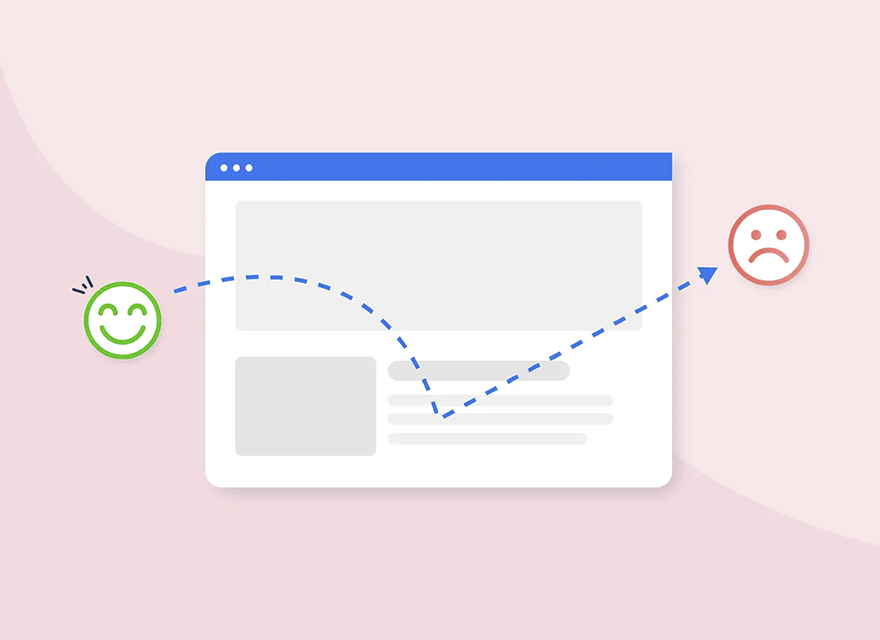
What is Bounce Rate?
Many factors can contribute to a high bounce rate, including poor website design, slow loading times, irrelevant or low-quality content, confusing navigation, and technical issues. Website owners must identify the causes of a high bounce rate and take steps to address them to improve user engagement and ultimately drive more conversions.
One way to reduce bounce rate is to improve the quality and relevance of content on a website. By providing valuable and informative content that meets visitors’ needs, website owners can encourage them to stay longer and explore more pages. It is also essential to ensure that the website is easy to navigate and that pages load quickly, as slow loading times can frustrate visitors and cause them to leave.
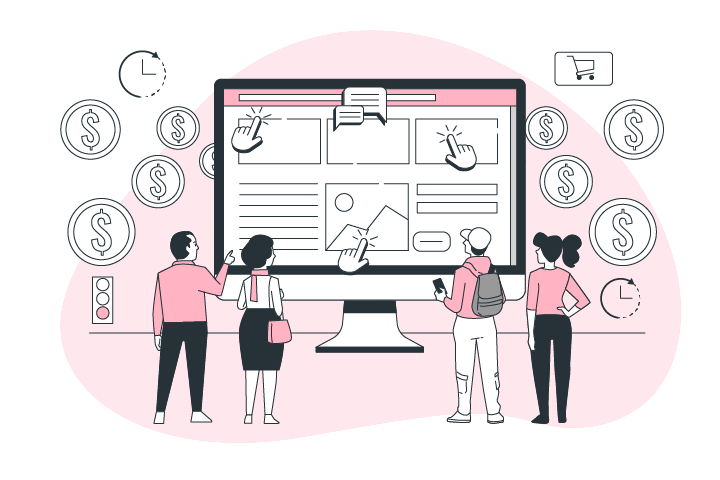
Another effective strategy for reducing bounce rate is to use targeted landing pages for specific marketing campaigns. By directing visitors to a page designed to meet their needs and interests, website owners can increase the likelihood of staying on the website and engaging with the content.
In addition, website owners should regularly monitor their bounce rate and analyze visitor behavior to identify areas for improvement. Using tools like heat maps, click tracking, and user feedback surveys. They can gain insights into how visitors interact with their website and adjust accordingly.
Overall, reducing bounce rates requires a combination of effective content marketing, user experience design, and data analysis. By focusing on these areas, website owners can improve engagement, drive more conversions, and ultimately achieve their business goals.

How to calculate bounce rate
The bounce rate is calculated by dividing the number of single-page sessions on a website by the total number of sessions. A single-page session is when the user leaves the website after viewing only one page. The resulting percentage represents the bounce rate for the website. For example, if a website had 100 sessions and 40 single-page sessions, the bounce rate would be 40%.
Impact of bounce rate on Website SEO
Bounce rate can have a significant impact on a website’s SEO. A high bounce rate indicates that users are not engaging with the content on the website, which can signal to search engines that the website is not providing valuable information to its audience.
It can result in lower rankings on search engine results pages and, ultimately, fewer organic traffic and conversions. Therefore, website owners need to monitor their bounce rate and improve user engagement and retention by improving website design, optimizing content, and providing relevant and valuable information to their audience.
What are the reasons for the increasing website bounce rate?
I think you are thoroughly familiar with the concepts of bounce rate and its impact on the website. Still, the critical thing to discuss is what causes the user to be dissatisfied and eventually leave the website, increasing the bounce rate.
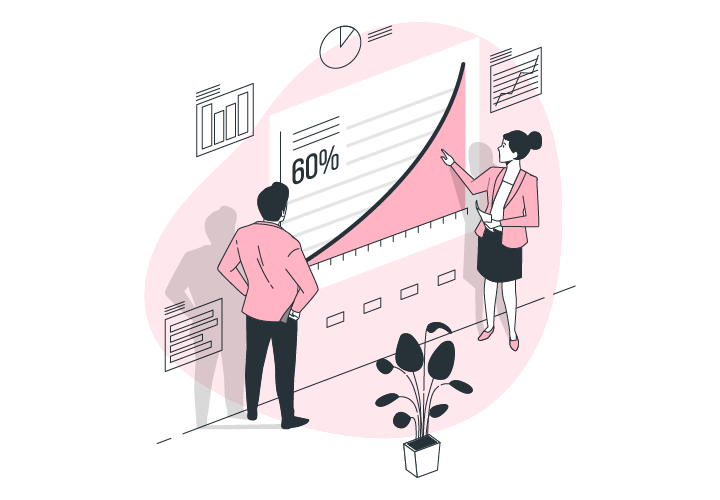
Non-targeted advertising
Instead of charging for areas with less traffic or running a campaign, many websites publish a banner ad that the user sees as unsolicited. It disturbs and distracts the user; it is perceived and increases the website’s bounce rate.
Increasing the prosperity of social networks
Social networks have significantly reduced the possibility of growth and increase in website visits, and this is due to the easy access of users to social networks. Google Analytics can see this topic and its detailed statistics.
The lack of responsiveness of the website
Many users use mobile phones to receive and read the information they need. If the designed website does not follow the rules of responsiveness and the user does not have access to the options and information he needs on a clear and complete page, it increases The rate will jump.
Unuseful content
To enter the website and search, users seek content and materials that satisfy their needs. If the website’s content is not attractive, practical, and functional enough, you will lose the chance to keep the user on the website. The rate of the website is increasing.
Methods to reduce website bounce rate
The first step to reducing the website bounce rate is to identify the factors affecting the increase of the website rate, and the second step is to eliminate these factors. Solving the following problems can help users interact more with you and increase website visits.
Page loading speed
One point to remember is that the user may not wait on the page for any reason. For example, imagine that the user is looking to see a product and its price, and if he does not see the photo of the product quickly, he will leave the website after a few seconds. Here, the solution is to optimize the image size and take care of other valuable solutions to increase the website’s loading speed, which you can fix through website analysis by Gtmetrix.
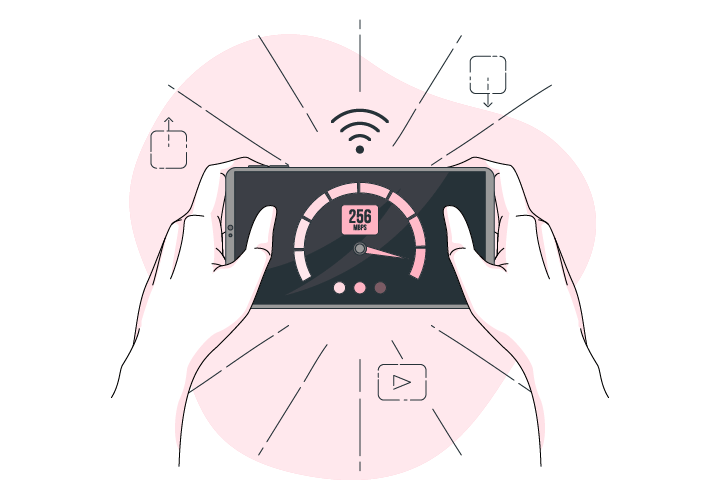
Attractive textual content
Dealing with this issue is suggested for websites whose content is educational, and the user needs a unique design and valuable and practical information to stay on the website and communicate with it. Establish The suggested solution for engaging content is to ask the user questions, build internal and external links, and generally use white hat SEO methods.
Removing technical defects of the website and 404 pages
Incomplete or inappropriate page loading causes the user to face a 404 error page. The suggested solution to this problem is to check and analyze the website pages through the search console tool and optimize the website for pages with high traffic, i.e., mobile and desktop versions.
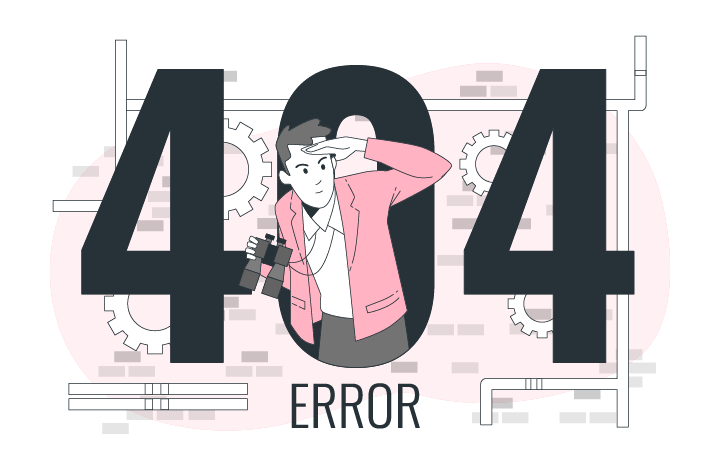
Appropriate use of the title
Writing the title and meta explanations in an appropriate, attractive, and practical way is one of the things that will have a significant effect on attracting audiences and increasing clicks. The meaning of improper use of the title is when the user enters the website with content related to the website’s main topic and, more importantly, content for the title you have written.
The impact of quality content on bounce rate
Writing content that is boring and confusing for the user, does not convey sufficient and valuable information, contains yellow content, or uses specialized words in a prolonged and consecutive manner, and writing long and complex sentences and phrases are among the cases, Which is called low-quality content and increases the bounce rate of the website.
The proposed solution to solve this problem is to know the audience of the website content to understand what they are looking for and what content they are looking for. Choose and use appropriate strategies for creating website content.

Adding an internal link
Use internal links in the website’s primary content, especially on the first pages of the website, and ask visitors to view other website pages with similar content. The critical thing in this method is to use pages with relevant content related to each other.
Attractive design and improved user experience rating (UX)
In the previous lines, the importance of correct and appropriate design and, as a result, a good user experience was discussed. The things that cause the design to be considered weak are.

Using inappropriate and illegible and small fonts
The fonts used on the website should be standard and suitable for every taste and age so that the user can easily communicate with it and see all the page content when entering the website.
Difficult access to different parts of the website. Most users use the mobile phone version to enter the website, and for example, when they want to see the price of products, it should be easily visible, and there is no need to zoom in or out.
Using an inappropriate background color
The purpose of website design is to inform or serve users. When the user enters the website, he will leave the website if the background color and the writing do not match or if ugly and inappropriate stains are used.
To solve the above problems, after designing, enter the website through different devices, such as mobile and desktop versions, to view and solve possible problems. Consult with user experience (UI) experts and get their help.





Lasted Comments (0)